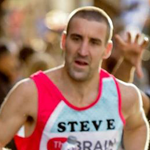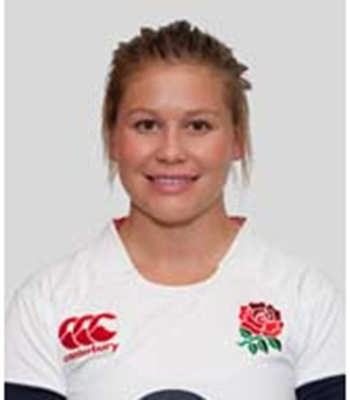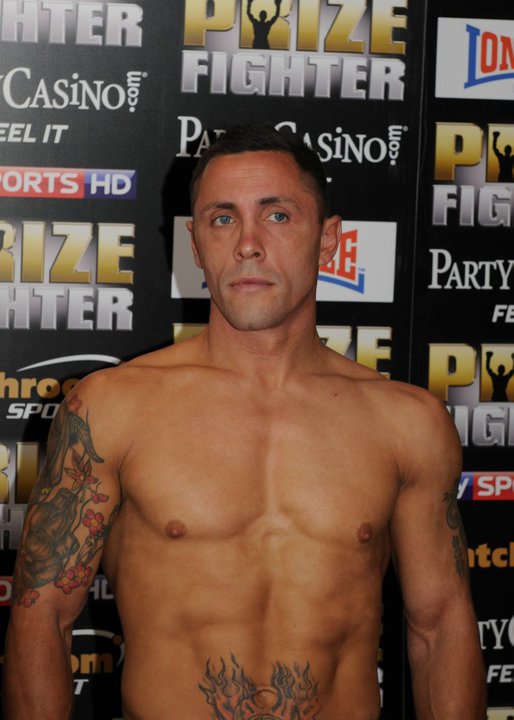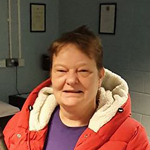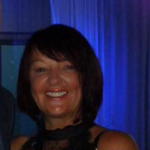Upper Leg & Knee
Injuries
Knee pain can be an issue for everyone. Your pain can be the result of an injury or a medical condition. The good news is that, many times, knee pain can be easily treated with sports therapy. I offer expert, compassionate care for my patients experiencing pain and dysfunction.
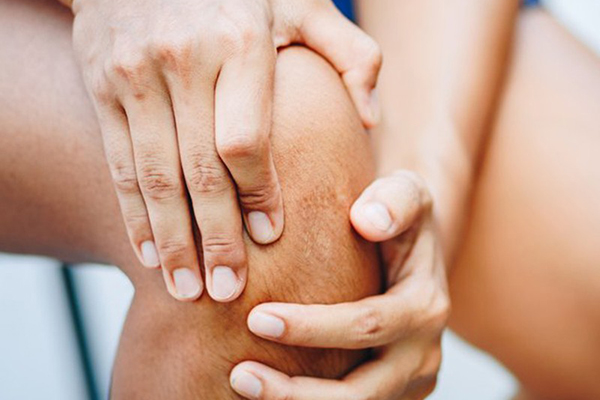
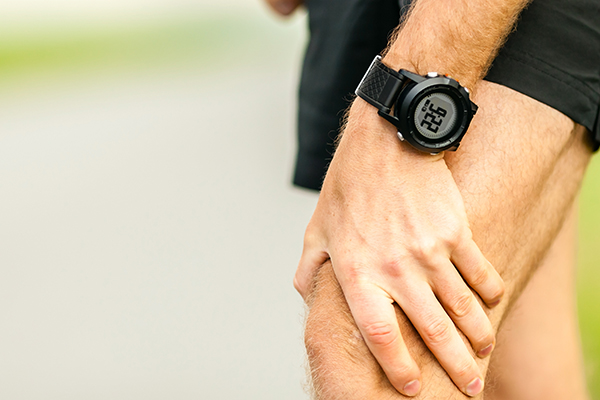
Common treatable conditions include:
– ACL Tear
– ITB Syndrome
– Meniscal Tear
– Osgood-Schlatter Disease
The Anterior Cruciate Ligament (ACL) is one of the bands of ligaments that connect your thigh bone to the shin bone at the knee. An ACL tear is common among athletes. Young female athletes are especially prone to an ACL tear. Symptoms of an ACL tear can include:
- A feeling that your knee gives away when putting weight on it
- Popping or snapping sound
- Sharp pain
- Swelling
Most ACL tears require surgery. If surgery is not necessary, your therapist will work with you to restore muscle strength, agility and balance. Post-surgery, your treatment will include icing and compression, movement exercises, electrical stimulation and strengthening and balancing exercises.
Iliotibial band (IT band) syndrome is an overuse injury of the connective tissues located on the lateral or outer part of thigh and knee. Symptoms of IT band syndrome include:
- Pain after walking, stepping up/down stairs or moving from sitting to standing
- Pain on the outside of the knee
- Swelling near the outside of the knee
My goal is to create an individualized treatment plan to address your symptoms and get you back to the activities you love.
The meniscus is cartilage that cushions your knee. These tears can affect both athletes and non-athletes and symptoms can include:
- Difficulty bending the knee
- Difficulty walking or stepping up/down stairs
- Difficulty standing after prolonged sitting
- Popping or tearing sensation
- Sharp pain
Meniscal tears are often treated without surgery. Your sports therapist will work with you to develop a specific treatment plan to meet your overall needs and goals.
Osgood-Schlatter disease is a common cause of knee pain in growing kids often due to growth spurts and physical activity. In addition to knee pain, symptoms of the disease can include:
- Pain that increases with exercise
- Swelling and tenderness below the kneecap
- Tightness in the quadriceps
Treatment will be specific to the cause and symptoms for your child.
Osteoarthritis is the deterioration of the cartilage that cushions your knee. Symptoms of osteoarthritis can include:
- Pain with walking, stepping up/down stairs and moving from a sit to stand position
- Pain or stiffness after having your knee bent or straight
- Popping, cracking or grinding when moving your knee
- Swelling after activity
- Tender to touch
Our team of sports therapists will develop an individualized plan of care to get you back to everyday activities.
e forearm has two bones at each side the Radius (on the lateral / outer side) and the Ulnar (on the medial / inner side. A fracture can occur to either one of these bones of both at the same time, and with at the top (close to the elbow), middle or lower (close to the wrist) part of the bone. These injuries typically occur as a result of falling on an out stretched arm, a car crash, playing impact sport and other direct blows. The symptoms of an forearm fracture include:
- Arm pain that exacerbates with wrist or elbow movement
- Pain and swelling in the forearm, wrist or hand
- Internal bleeding and also external bleeding if it’s an open fracture
- Numbness in the forearm, hand or fingers
- Deformity of the forearm
